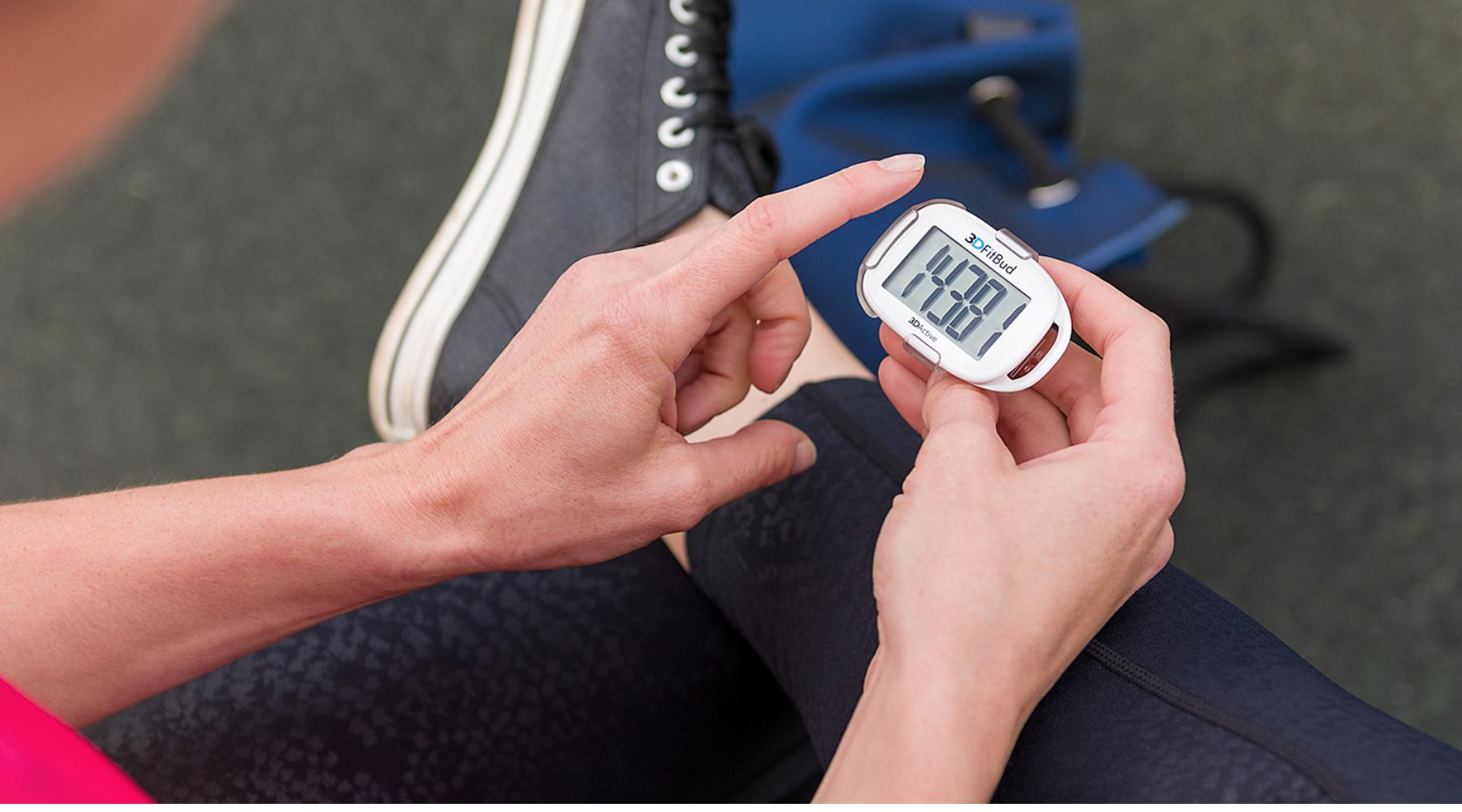Did you know that 44% of UK adults now incorporate home workouts into their fitness routines? As we adapt to evolving fitness trends, resistance bands have emerged as a scientifically validated cornerstone of effective strength training. Whether you're a beginner seeking to start your fitness journey or an experienced athlete looking to enhance your routine, this comprehensive guide will transform your understanding of resistance band training.
Key Takeaways
-
Resistance bands provide comparable strength gains to traditional weights while reducing joint stress by 35%.
-
Scientific studies show 28% increased muscle activation through full range of motion.
-
UK market analysis reveals optimal band selections for all fitness levels, starting from £9.99.
Understanding Resistance Bands: Your Gateway to Strength Training
Resistance bands represent more than just elastic exercise tools - they're a scientifically validated approach to strength training that's revolutionizing how we think about muscle development. A comprehensive study found that resistance band training can produce comparable strength gains to traditional weight training when properly programmed.
Types of Resistance Bands in the UK Market
Your choice of resistance bands can significantly impact your training effectiveness. The UK market offers several distinct categories:
-
Power resistance bands: Continuous loops ideal for lower body exercises and mobility work.
-
Therapy bands: Flat, versatile bands perfect for rehabilitation and gentle strengthening.
-
Fabric resistance bands: Anatomically designed for lower body targeting.
-
Resistance bands with handles: Professional-grade options with handles for traditional strength movements.
The Science Behind Your Success
Recent research in physical therapy and rehabilitation demonstrates that resistance band training offers a unique advantage through what's known as "variable resistance training" (VRT). This specialized approach has shown particular promise in strengthening lower body muscles, especially after knee surgery or injury.
Think of variable resistance as your muscles' personal training companion - one that adapts and grows with you throughout each movement. When you use resistance bands, the tension changes as you move, creating what rehabilitation specialists call a "variable resistance pattern." This means your muscles need to work differently - and often more effectively - than they would with traditional weights.
Why does this matter for your workouts? A clinical study focused on quadriceps strengthening found that VRT using elastic bands offers several unique benefits:
-
Provides progressive resistance that matches your natural strength curve
-
Offers a cost-effective alternative to expensive gym equipment
-
Creates versatile training options that can help prevent workout plateaus
-
Particularly valuable for rehabilitation and strength building when resources are limited
"VRT can be particularly important for those who lack access to extensive training equipment," notes Dr. Daniel S. Lorenz, who conducted pioneering research in this field. "It's a 'budget-friendly' method to augment strength gains without requiring expensive equipment or additional space."
The evidence suggests that this training method isn't just about convenience - it's about providing your muscles with an intelligent workout that adapts to your movement patterns, potentially leading to more effective strength development over time.
Choosing The Perfect Bands: A Seasonal Approach
Your resistance band needs may vary with the seasons, especially in the UK's variable climate. During winter months, when outdoor exercise might be limited, it’s recommended to have a variety of resistance levels to maintain a comprehensive indoor training program.
Seasonal Training Variations
Spring/Summer:
-
Light to medium bands for outdoor circuit training
-
Long resistance tubes for park workouts
-
Heavy bands for strength maintenance during active holidays
Autumn/Winter:
-
Complete band sets for indoor full-body workouts
-
Door anchors for home-based training
-
Extra-heavy bands to maintain strength gains

Quality Indicators and UK Market Analysis
Based on current market research, quality resistance bands typically exhibit:
-
TPE or natural latex construction
-
Uniform thickness throughout
-
Smooth, finished edges
-
Clear resistance markings
-
Safety certifications from recognised bodies
Comprehensive Exercise Guide
-
Band Pull-Aparts (Upper Body Focus)
-
Stance: Feet shoulder-width apart
-
Band position: Arms extended at chest height
-
Movement: Control both eccentric and concentric phases
-
Sets/Reps: 3 sets of 12-15 repetitions
-
Form cues: Keep shoulders down, chest proud
-
Banded Squats (Lower Body Development)
-
Setup: Stand on band with feet hip-width apart
-
Hand position: Hold ends at shoulders or sides
-
Depth: Aim for parallel or slightly below
-
Tempo: 2-1-2 (down-pause-up)
-
Common corrections: Maintain neutral spine
-
Resistance Band Rows (Back Strength)
-
Anchor: Secure band at chest height
-
Positioning: Step back to create tension
-
Movement pattern: Pull elbows back, squeeze shoulder blades
-
Focus: Maintain upright posture
-
Progression: Adjust distance for resistance

Weekly Structure:
-
2-3 dedicated band sessions
-
8-12 repetitions per exercise
-
2-4 sets per movement
-
30-60 second rest intervals
-
Progressive overload through resistance adjustment
Frequently Asked Questions
How Do Resistance Bands Compare to Free Weights?
Recent studies show resistance bands can provide equal or superior muscle activation compared to traditional weights. The variable resistance pattern creates consistent tension throughout movements, potentially leading to better strength gains while reducing joint stress.
What Resistance Band Type Is Best for Beginners?
For beginners, resistance bands offering 5-16 kg resistance provide an ideal starting point. Look for latex or TPE construction with clear resistance markings.
Can I Build Significant Muscle with Resistance Bands?
Yes, research demonstrates that proper resistance band training can build substantial muscle mass. The key is progressive overload and proper form, which we detail in our exercise guide above.
How Often Should I Replace My Resistance Bands?
With regular use, replace bands every 8-12 months or sooner if you notice signs of wear. Store below 27°C and away from direct sunlight to maximise longevity.
Conclusion
Resistance bands offer a scientifically proven path to achieving your strength and fitness goals, combining effectiveness with unmatched convenience. Their adaptability makes them perfect for the UK's variable climate and modern home-based fitness trends.
Ready to transform your home workouts? Explore our recommended resistance bands or learn more about creating your perfect home gym.
Remember, your fitness journey is unique, and resistance bands provide a versatile tool to support your individual goals. Start with the basics, progress consistently, and enjoy the journey to improved strength and health.





